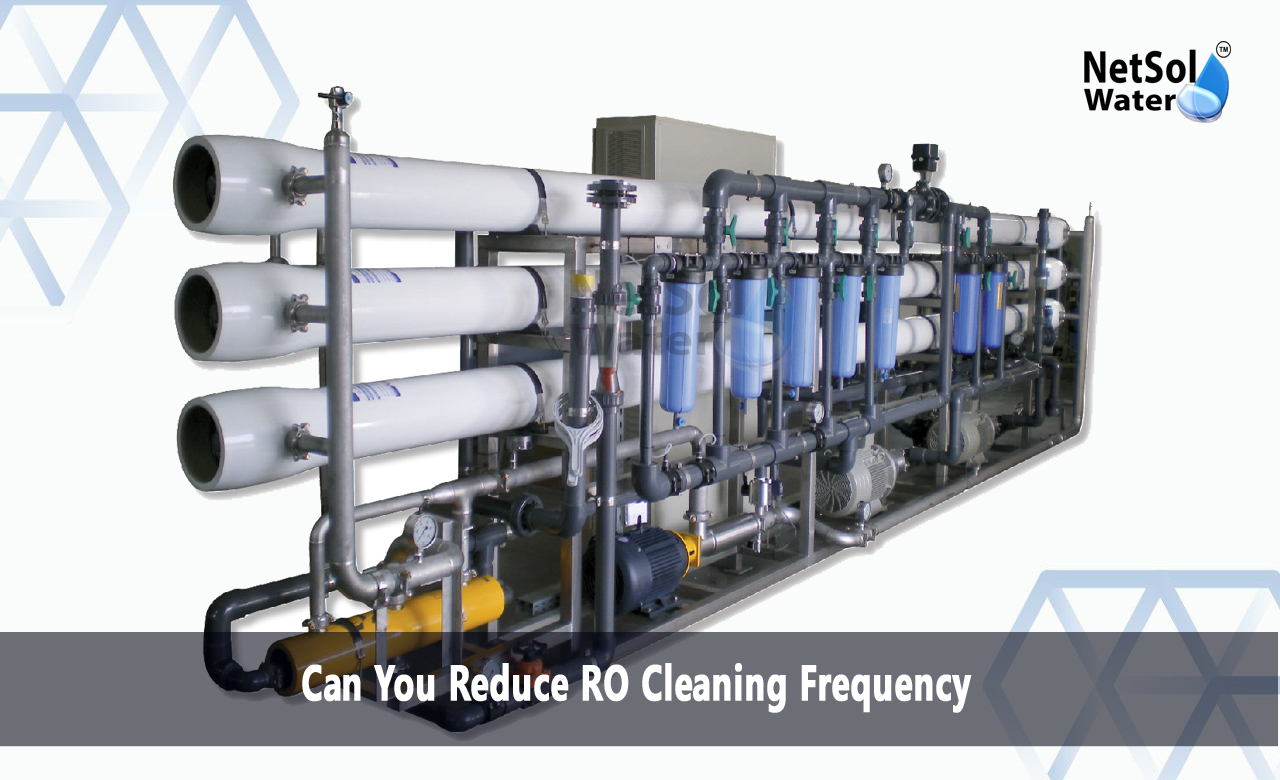Can You Reduce RO Cleaning Frequency?
The use of RO plant has over time become a common feature across many homes and firms. These systems are intended for purifying water from contaminations for use in preparation of food and in drinking. Although RO plants are efficient means for obtaining clean, safe, and healthy water, their efficiency is contingent upon their proper cleaning periodically. Some of the most commonly asked questions among the users of RO plants are whether there are options to minimize the frequency of RO cleaning.
We will discuss various factors that result in the need for cleaning RO plants and possible methods to enhance these systems such that the frequency of cleaning is minimized are looked at.
The Importance of RO Cleaning and Why It Matters
An RO plant comprises of a semi-permeable membrane through which water is forced under pressure to get rid of contaminants. It can also be seen that the process has the ability to eliminate numerous types of impurities such as dissolved salts, organic and inorganic elements and some bacteria and viruses as well. However, the semi-permeable membrane is very sensitive to fouling within its structure and fouling agents are common components within water like organic materials, mineral deposits and others. Fouling usually damages the membrane to some extent, thus lowering the yield of water production.
Over time it is possible for contaminants to foul the membrane surface and this may lead to damage to the system hence expensive to repair or replace. Cleanliness is mandatory for an RO system to continue to operate optimally and have a long durability. In general, frequency of RO cleaning largely depends upon the quality of water that is supplied to the RO water treatment plant and the production capacity of the plant in terms of water treated per day.
Factors affecting the cleaning of RO
Some factors that can affect the cleaning frequency include:
1. Water Quality: If the water supplied contains many organic materials, minerals and total dissolved solids (TDS) then the fouling rate would be high and hence frequent cleaning is needed.
2. Daily Water Production: A system capable of generating large volume of water daily shall require regular cleaning resulting from higher degree of membrane fouling.
3. Water Temperature: The rates of fouling of the membrane by organic compounds tend to increase with water temperature because organic material deposits on the membrane faster and accumulate more frequently.
How to Maintain Your RO Plant and Minimize Cleaning Interval?
Now that we have established the need for RO cleaning and the factors that influence its frequency, let's explore some strategies to optimize your system and minimize the cleaning frequency:
1. Install a Pre-filter: Some of the common problems of RO plants are fouling of the RO membranes by particulate matter, and thus a well designed pre-filter can effectively minimize the levels of particulates that penetrate through the RO plant. Pre-filters are used and may include sediment filters, carbon filters or ceramic filters depending on what is needed in the particular water supply setup.
2. Use the Correct Water Pressure: All the RO plants operate optimum at certain water pressure. Monitor that your system is at the right pressure where you want it to be in order to get the most out of your filtration and avoid membrane fouling.
3. Proper Membrane Sizing: Proper size installation of the membrane should also be done in accordance with the productivity of the water production plant. An appropriate size of the membrane that is used in the system makes ensures that it provides adequate water production capacity that doesn’t compromise the system’s performance and a capability of resisting fouling.
4. Optimize Recovery Rate: The term of recovery rate means the volume of water that is stored for use after being processed through the RO plant. In this way, the recovery rate is directly linked with the amount of waste water produced and you will have less often the waste tank has to be emptied and the system cleaned.
5. Monitor Water TDS Levels: It needs to be measured periodically so as to determine the extent of possible RO cleaning requirement of the TDS levels of the water supply. The best way to tell that it’s time for maintenance is when TDS levels are high.
6. Schedule Professional Cleanings: You should perhaps hire a professional to clean your RO plant from time to time especially if you do not know how to clean the system or if the system you have is a complex one used in industries that uses large amounts of water. A professional cleaning can be important in managing the efficiency of your system so that you do not have to frequently; clean the system on your own.
7. Regular Maintenance Checks: Scheduling annual maintenance check, ensures that there are early signs of faults that can be corrected before leading to severe problems such as system failures or higher cleaning requirements.
Conclusion
Many homeowners and businesses can reduce the frequency of RO cleaning by following the steps discussed above. When the fouling conditions that make up that layer are known, a pre-filter can be added, recovery rates were optimized, and water quality checks, the time between having to clean it will be lengthened. Furthermore, hiring cleaning services and frequently keeping up with the maintenance, you will guarantee that the RO plant is effective and operating. In the long-term, these measures can help you avoid having to spend time, effort and money fixing your RO plant.
Netsol Water is Greater Noida-based leading water & wastewater treatment plant manufacturer. We are industry's most demanding company based on client review and work quality. We are known as best commercial RO plant manufacturers, industrial RO plant manufacturer, sewage treatment plant manufacturer, Water Softener Plant Manufacturers and effluent treatment plant manufacturers. Apart from this 24x7 customer support is our USP. Call on +91-9650608473, or write us at enquiry@netsolwater.com for any support, inquiry or product-purchase related query.



